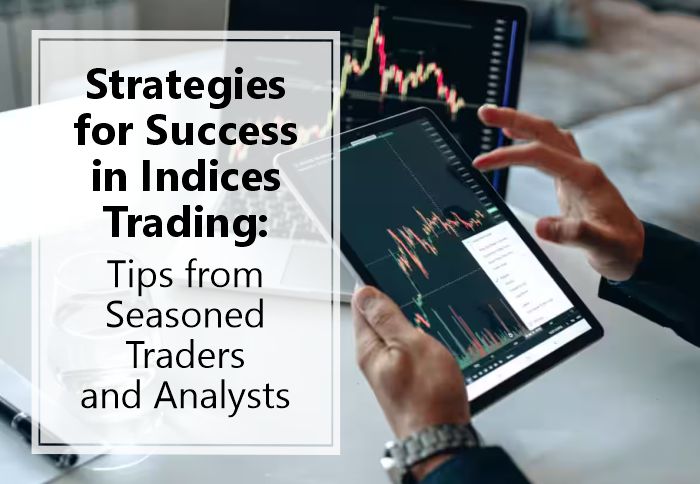Strategies for Success in Indices Trading: Tips from Seasoned Traders and Analysts
By trading indices, traders can trade a diverse portfolio of companies and reduce their risk exposure in the financial markets. To assist traders in determining the best times to enter and exit the market, a number of index trading strategies are available. The prices of all the securities can be added up and divided by […]

dailytrust strategies for success in indices trading tips from seasoned traders and analysts
By trading indices, traders can trade a diverse portfolio of companies and reduce their risk exposure in the financial markets. To assist traders in determining the best times to enter and exit the market, a number of index trading strategies are available. The prices of all the securities can be added up and divided by the total number of securities to determine the value of the index.
Let’s have a look at some strategies on how indices trading works.
Trend trading strategy
When using the trend trading method, investors enter or leave the market at any point during a pre-established, ongoing trend. When the index is going in a specific direction, traders make long or short trade selections based on their assumption that this trend will continue in the long run. In an upward trending index, traders initiate long or purchase positions, anticipating that the uptrend will continue. Traders establish a short position or sell when the index is moving lower, believing that the downtrend will continue.
Breakout trading strategy
A breakout trading strategy involves finding a long-term index price range. Breakouts signal traders to enter or quit the market when the index price crosses this range. This approach involves index traders buying when a market trend starts. The index price breaking above resistance suggests a prolonged uptrend and advises traders to purchase. When the index price breaks below support, traders should short/sell because the market is still falling.
Bollinger entry strategy
This strategy identifies oversold market segments and gives traders the best points at which to enter the market. There are three bands in it:
- The upper bank that donates high market prices
- The middle bank that is the simple moving average of the index price
- The lower band that indicates the low market prices
Traders use this strategy to search for price breakouts above the upper band, which indicates an ongoing uptrend.
Scalping trading strategy
Scalping trading involves exiting the index market with a fixed plan and profiting from tiny price changes. This short-term trading method involves placing many orders throughout the day and exiting at the end to profit from tiny swings.
The index market temporarily rises during the day, signalling traders to enter and quit before a decline.
The index market temporarily falls during the day, signalling traders to quit to avoid downtrend risks.
Position trading strategy
Holding onto an index position for a week, month, or even a year is referred to as position trading strategy. It gives traders a clearer picture of the direction the index price is headed in by ignoring short-term price changes. With this technique, traders look for long-term gains from significant price movements and use monthly price charts to determine whether to enter or depart the market.
End of day trading strategy
The end-of-day trading strategy involves trading indices near market close. Last-two-hour traders focus on entering or quitting a market to get a better idea of index prices’ direction. Traders place long or short bets in volatile markets to profit from price fluctuations. If index prices rise during end-of-day trading, traders receive a signal to place a long or buy order in anticipation of a subsequent rally. End-of-day traders receive a signal to place a short or sell order if index prices follow a decline. They forecast a prolonged downtrend the next day.
In order to be successful, and learn how indices trading work, traders must have the self-control to create and adhere to a trading plan in advance. It’s crucial to stick to your strategy and avoid attempting to outshine others financially. Avoid letting your feelings override your rationale and cause you to change your approach.
